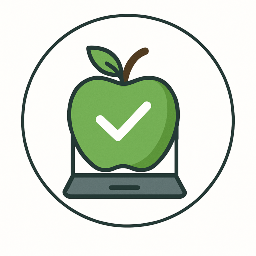Reducing Eye Strain for Developers
 by Thaddeus Blanda
by Thaddeus Blanda
Eye strain affects many developers due to extended screen time, leading to discomfort and reduced productivity. This guide offers practical strategies to ease symptoms and promote better eye health, helping you maintain focus and well-being in your daily work.

Software developers often spend hours staring at screens, which can lead to eye strain and discomfort. This issue impacts physical health and overall performance, making it essential to address early. By adopting simple habits, developers can protect their eyes and enhance their quality of life.
One key aspect is the role of regular breaks. Studies from the American Optometric Association indicate that brief interruptions from screen use reduce fatigue. For instance, every 20 minutes, look at something 20 feet away for at least 20 seconds. This practice, known as the 20-20-20 rule, allows eyes to rest and refocus, preventing strain buildup.
Proper screen setup also plays a vital part. Position your monitor at eye level and about an arm's length away to minimize neck strain and glare. Adjusting brightness and contrast settings to match your environment can further ease the burden on your eyes. Research in ergonomics shows that such adjustments decrease symptoms like dryness and headaches.
Nutrition and hydration support eye health too. Foods rich in vitamins A, C, and E, along with omega-3 fatty acids, help maintain good vision. Examples include leafy greens, carrots, and fish. Staying hydrated prevents dry eyes, a common complaint among those working long hours.
Remote work has brought new challenges, with many developers reporting increased eye fatigue from home setups. A survey by the Harvard Business Review highlighted that flexible schedules can help, allowing time for eye care routines. For example, one developer shared how incorporating short walks during the day improved their focus and reduced end-of-day tiredness.
Exercise for the eyes is another helpful strategy. Simple movements, like rolling your eyes or blinking frequently, counteract the effects of staring. Psychological insights from health experts suggest that these activities not only relieve physical tension but also boost mental clarity, aiding in stress management.
In practice, Sarah, a full-time developer, noticed improvements after implementing these changes. She experienced less fatigue and better sleep, which positively affected her work output. Such real-life stories show that small, consistent efforts lead to significant benefits.
Ultimately, prioritizing eye health contributes to a sustainable career. By focusing on these strategies, developers can foster a balanced lifestyle, ensuring long-term well-being and enjoyment in their profession.
